Watercolor and Salt Painting (Free Tree Template)
Splash your creativity onto the canvas with our Watercolor and Salt Painting! This art technique combines the fluidity of watercolors with the unique texture and sparkle created by salt.
So, if you’re an experienced artist or just starting your creative journey, this art form offers an easy painting idea for kids. We will explore the extraordinary effects you can achieve with watercolor and salt, and we provide you with a free tree template to kickstart your masterpiece. So, grab your brushes, prepare your palette, and let’s dive in and go on a vibrant and inspiring artistic adventure together!

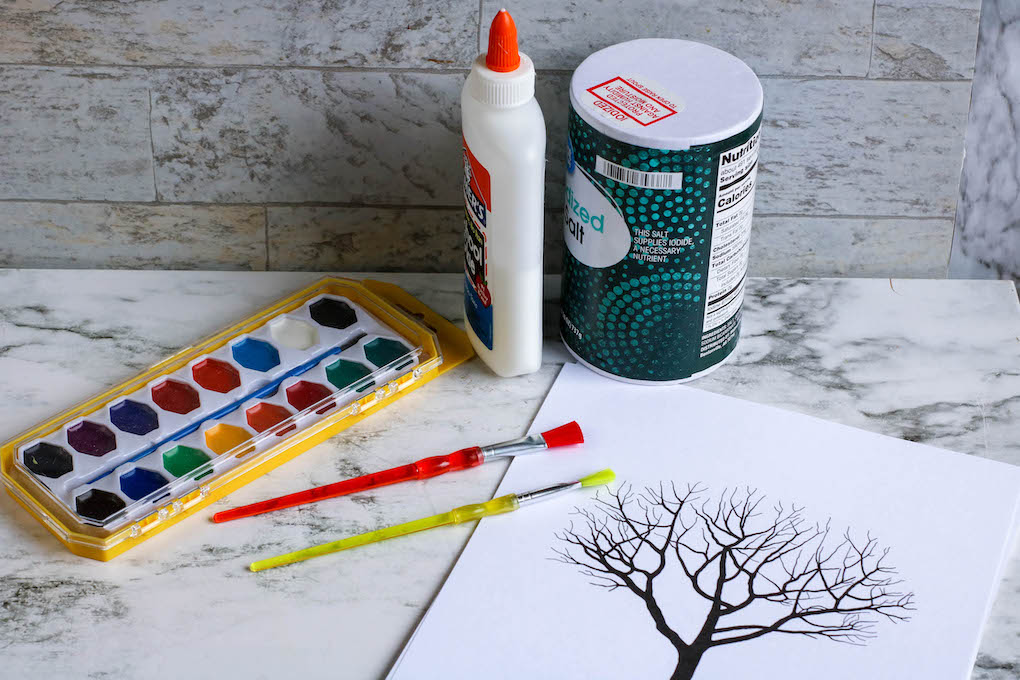
Table of Contents
Supplies needed to Paint with Salt:
- Simple coloring page printed on white thick cardstock (recommended)
- Watercolor paint palette
- Water
- Paintbrush
- White glue
- Salt
How do you do salt painting?
Trace around the image on the coloring page with glue.
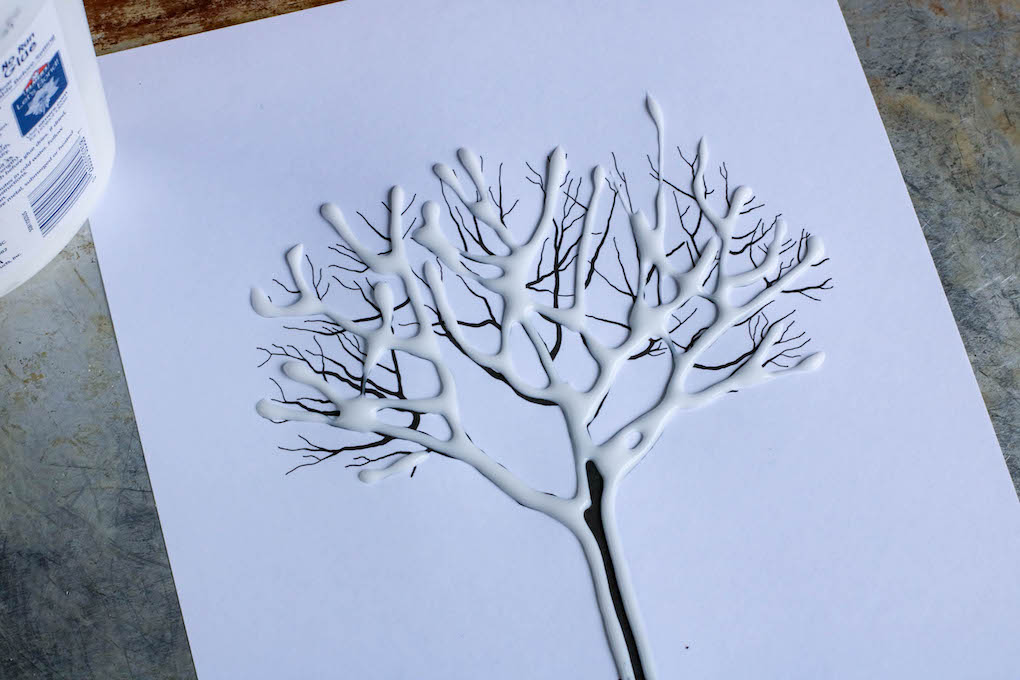
Easy Painting Ideas for Kids
Fall Tree Craft – Black Line Painting
Sea Horse Bubble Wrap Painting
Watercolor and Ocean Painting Art
How to Make Edible Paint for Food Crafts
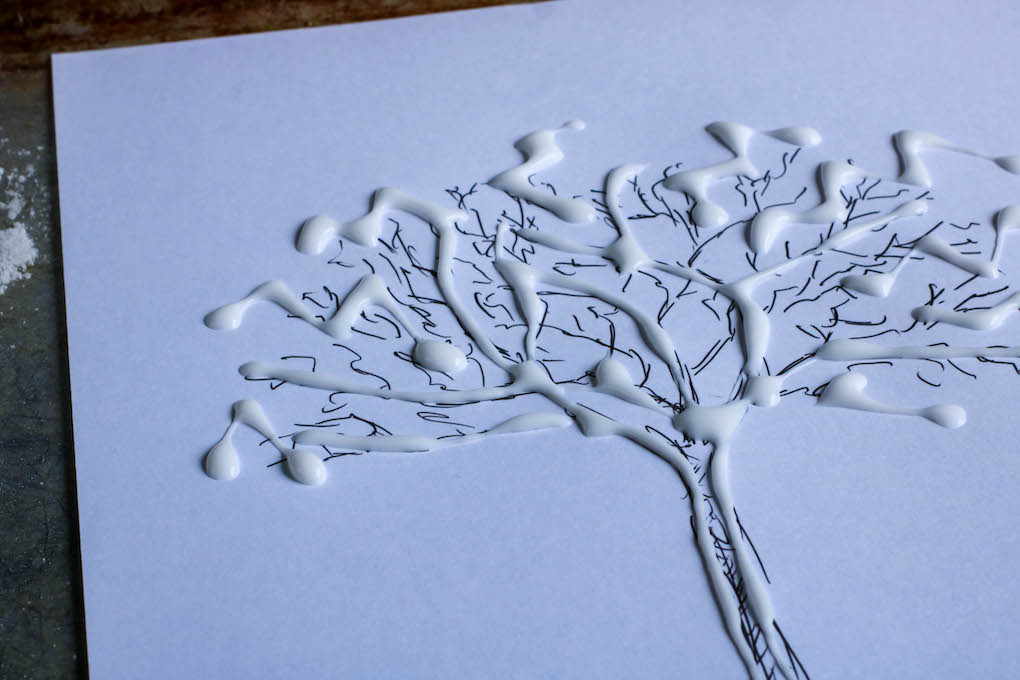
Sprinkle glue with salt as you would with glitter. Tape the paper to settle the salt into any grooves. Gently lift the paper and shake to remove the excess salt.
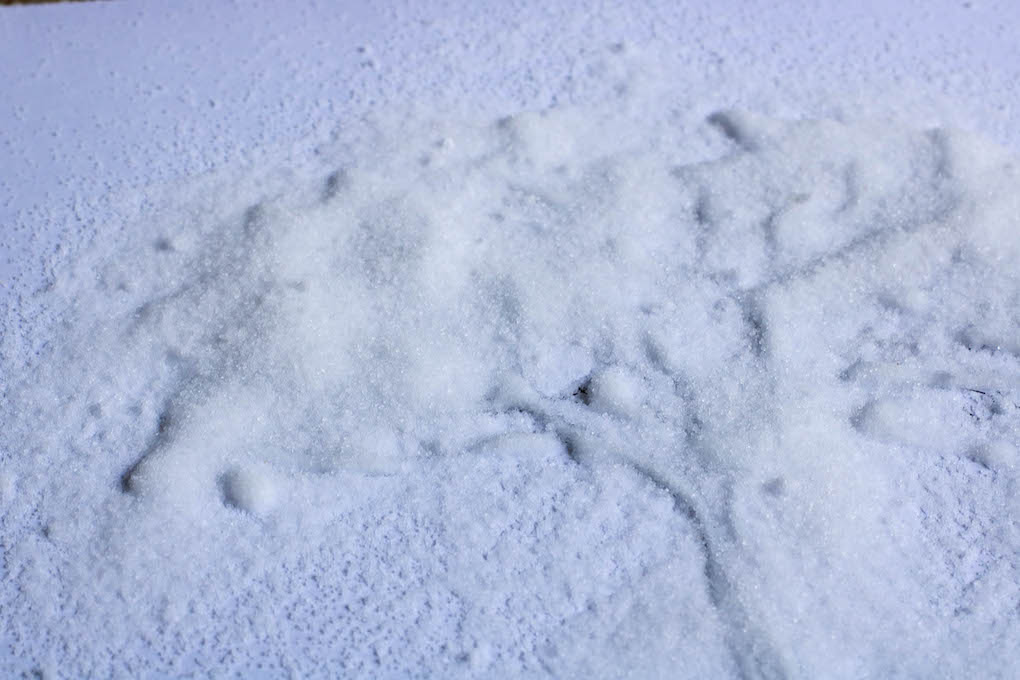
Dip the paintbrush in water and blend with watercolor to soften. Saturate the paintbrush with watercolor. Then, gently touch the paintbrush to the salt. The color will spread.
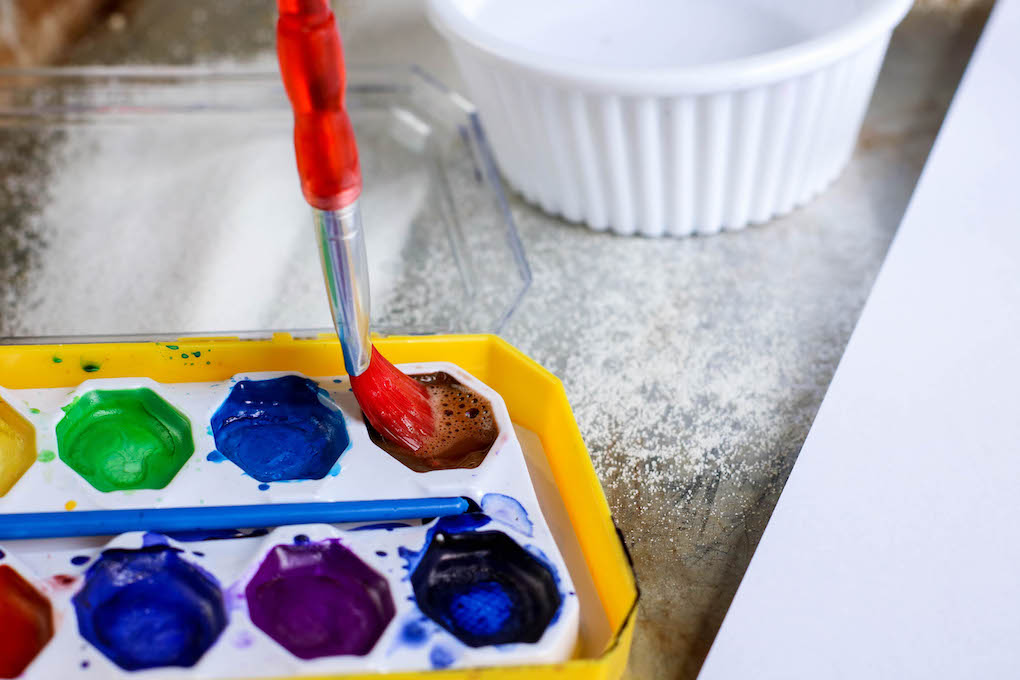
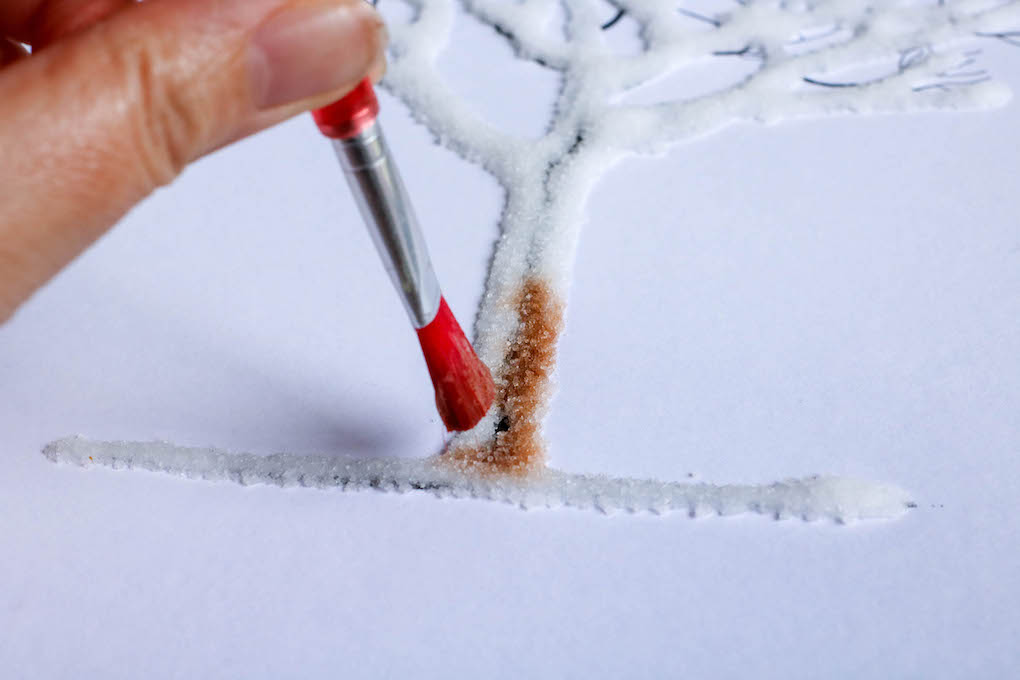
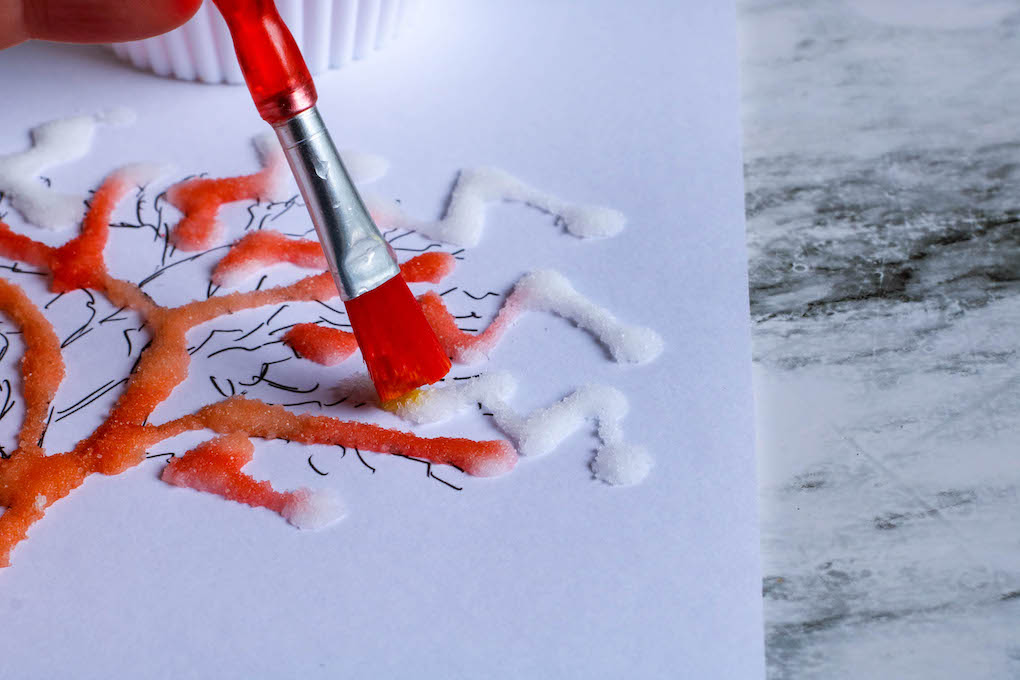
Allow the picture to dry completely before displaying or gifting.
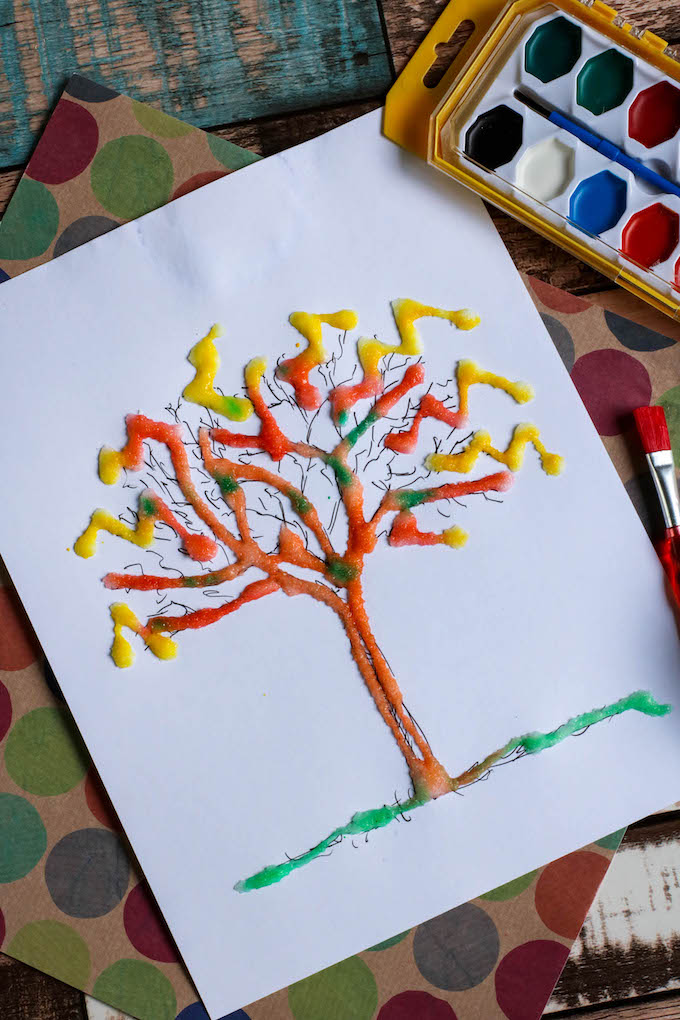
What paint do you use for salt painting?
For salt painting, watercolors are the most commonly used type of paint. Watercolors are a perfect choice for this technique because they are transparent and blendable, allowing the salt to create fascinating patterns and textures on the paper. Watercolor paints come in different forms: pans and tubes. Pan watercolors are solid blocks of concentrated pigments that can be activated with water. Tube watercolors, on the other hand, come in a paste-like consistency and need to be diluted with water before use.
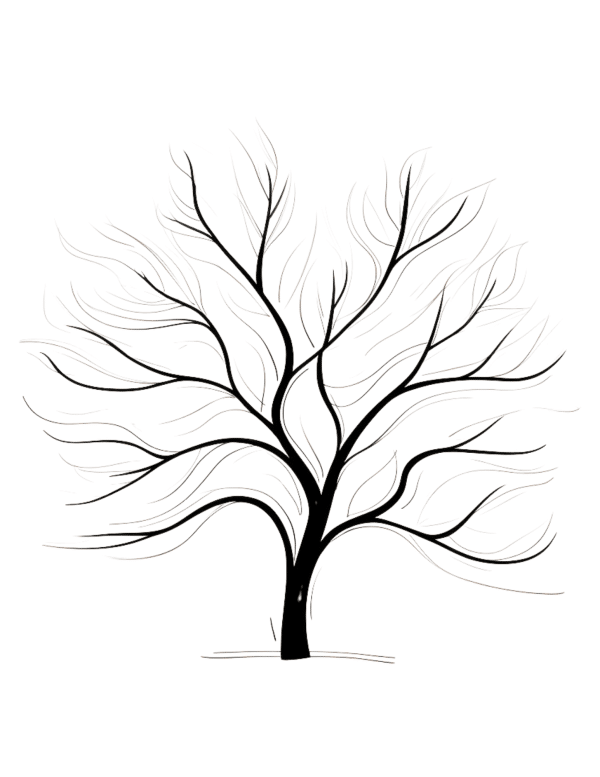
Both pan and tube watercolors can be used for salt painting. Pan watercolors are convenient for their portability and ease of use, while tube watercolors offer a wider range of colors and the ability to create more intense pigments by squeezing out larger amounts. When selecting watercolor paints for salt painting, it’s best to choose high-quality artist-grade paints.
These paints tend to have better pigmentation and lightfastness, resulting in more vibrant and long-lasting artwork. However, if you’re a beginner or experimenting with the technique, student-grade watercolors can also be a suitable option.
Remember to always use watercolor paper or heavy-duty mixed-media paper for salt painting, as regular or thin paper may buckle or tear when exposed to excessive water and salt.
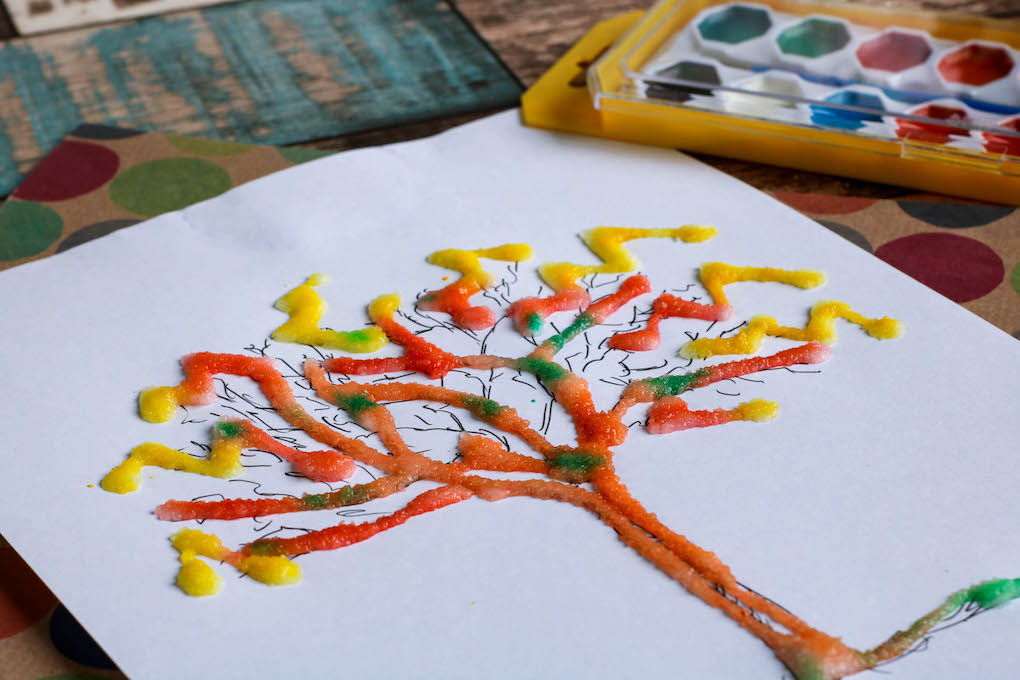
How does the salt interact with the paint?
When salt comes into contact with wet watercolor paint, it creates a fascinating interaction that adds texture and visual interest to the artwork. The salt absorbs the moisture from the paint, causing the pigments to separate and gather around the salt crystals. As the water evaporates, the salt crystals leave behind unique patterns and speckles on the paper, creating a captivating effect.
The extent of the salt’s impact depends on various factors such as the concentration of the paint, the amount and size of the salt crystals, and the level of wetness in the paint. Larger salt crystals tend to create more prominent and pronounced patterns, while finer salt particles produce smaller speckles.
Can I use salt on other types of paintings?
While salt is commonly associated with watercolor paintings, it can also be used to create interesting effects on other types of paintings. Although the interaction may not be as pronounced or predictable as in watercolor, experimenting with salt on different mediums can yield intriguing results.
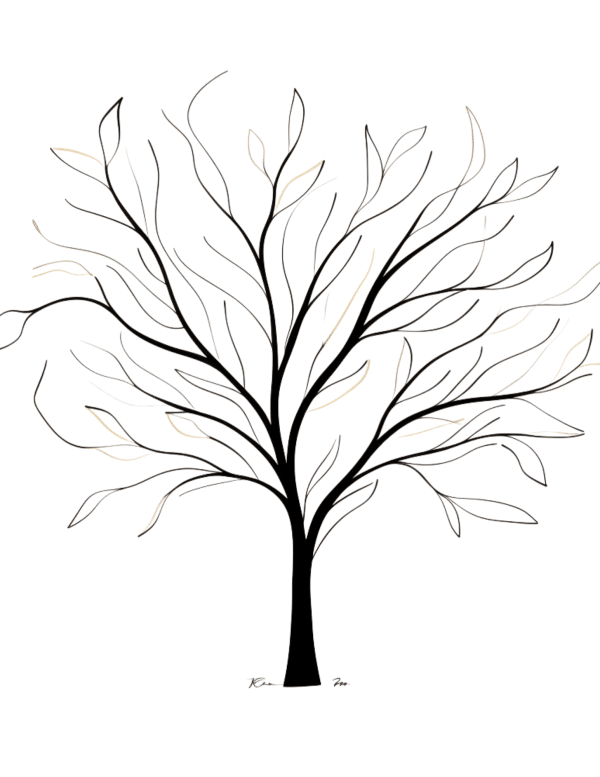
In acrylic paintings, for example, you can sprinkle salt onto the wet paint and observe how it absorbs moisture and alters the paint’s surface. This technique can create unique textures and patterns, adding depth and visual interest to your acrylic artwork. Similarly, salt can be applied to wet oil paint, although the effects may be less pronounced due to the slower drying time of oils. Nonetheless, you can still achieve subtle variations and textures by incorporating salt into your oil painting process.
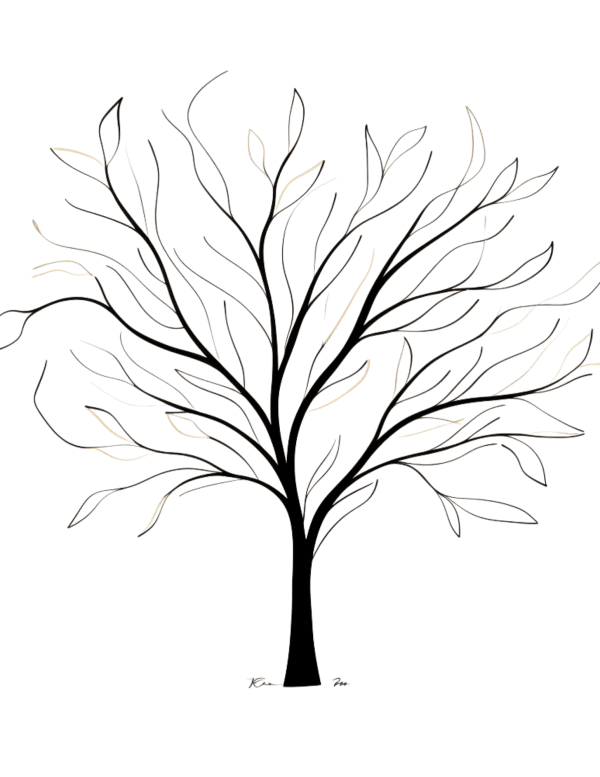
It’s important to note that the impact of salt on mediums other than watercolor may vary significantly. Different paints and pigments may react differently to salt, and the results may be more unpredictable. Therefore, it’s recommended to experiment on a small section or sample before applying salt to your entire painting.
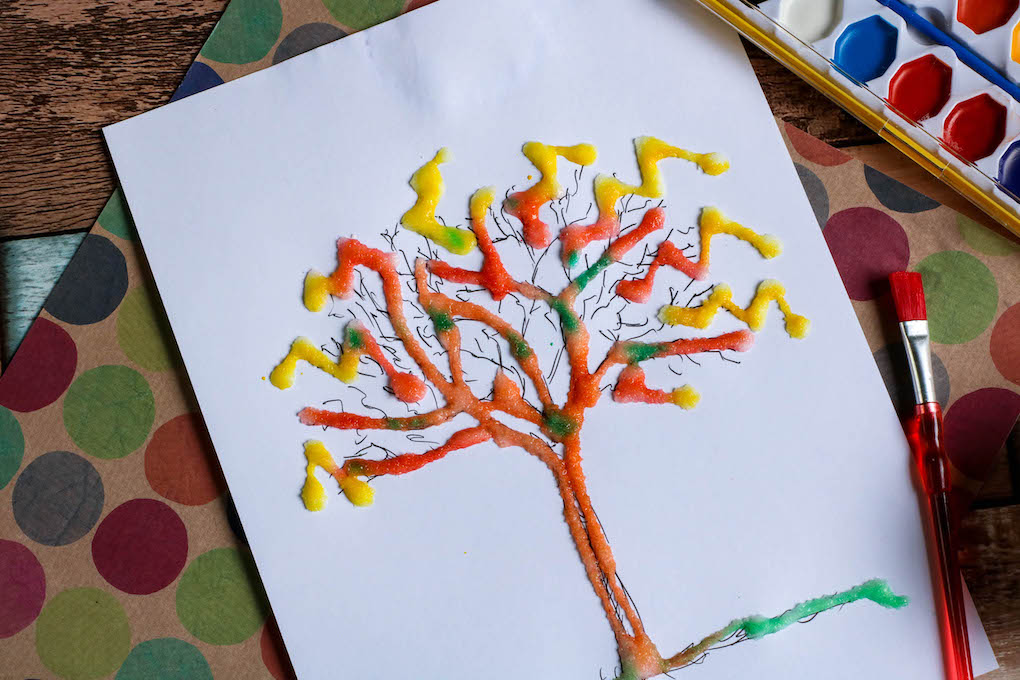
Watercolor and salt painting allows artists to create stunning and unique artworks. With the use of simple materials like watercolors, salt, and a brush, one can explore endless possibilities of texture, depth, and visual appeal. So, grab your supplies, and watch as vibrant colors merge and crystallize into breathtaking masterpieces. Happy painting!

This is super cool, I love the idea. My kids will have so much fun with this. I would love to have you share this on my link up, Tell It To Me Tuesday, every Tuesday from 8AM eastern – Friday 12PM eastern. All link ups can be found here: https://perfectlyimperfect-lwl.com/category/tell-it-to-me-tuesday/
Sounds great! Thank you!